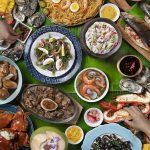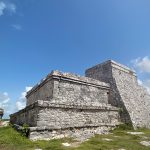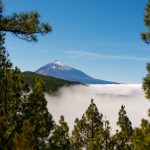Travel expert, video journalist and contributor to Tripfilms.com, Kelley Ferro picked Taiwan for her first trip to Asia. The island nation has so much to offer; from the energy of the big city to the serenity of postcard-worthy beaches. Explore Taiwan alongside Ferro as she tours its vibrant landscape, culture, history and food with USTOA member Ritz Tours.
Ready to explore more? Watch the videos below to experience the incredible culture, landscape and food of Taiwan.
Posted in:






